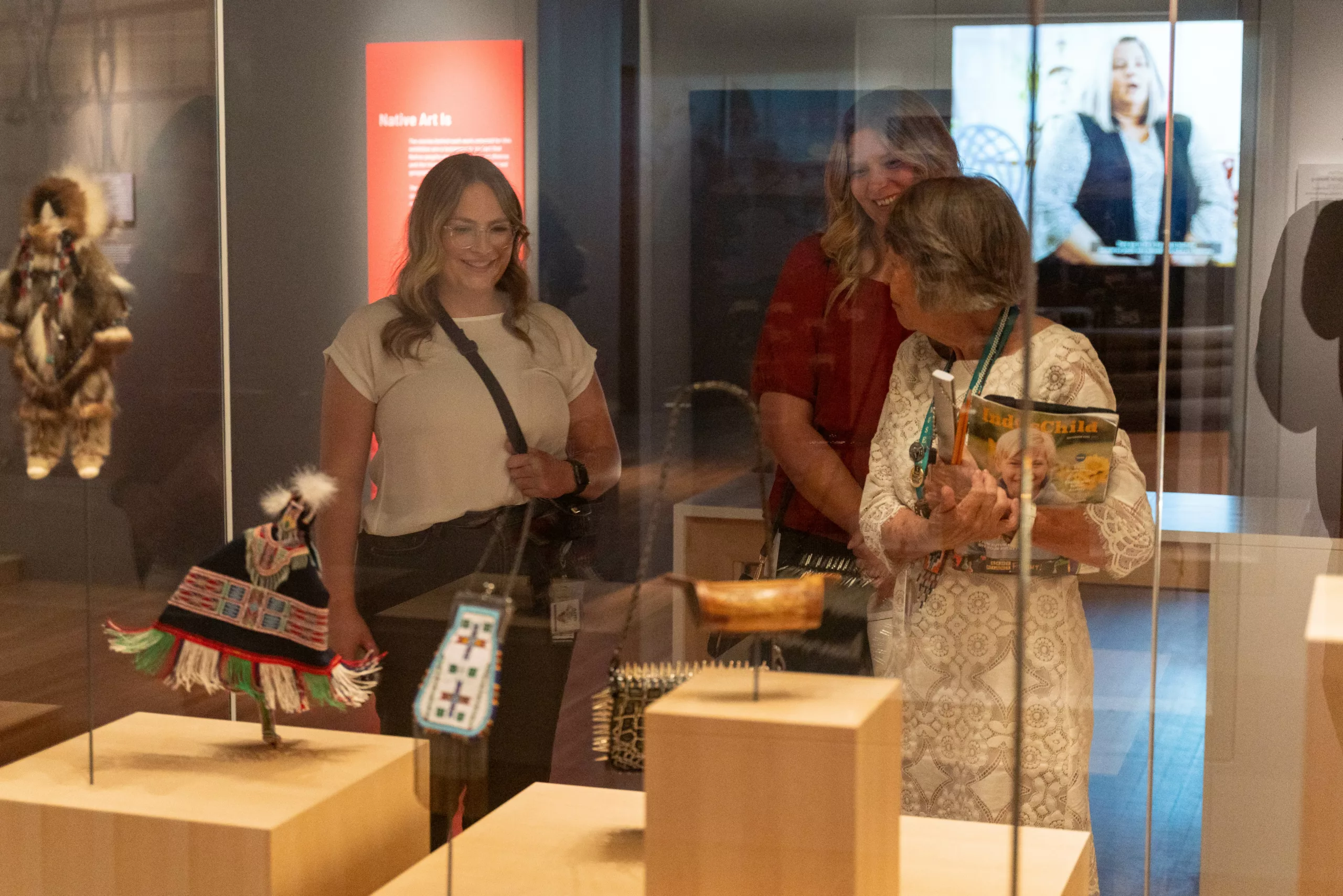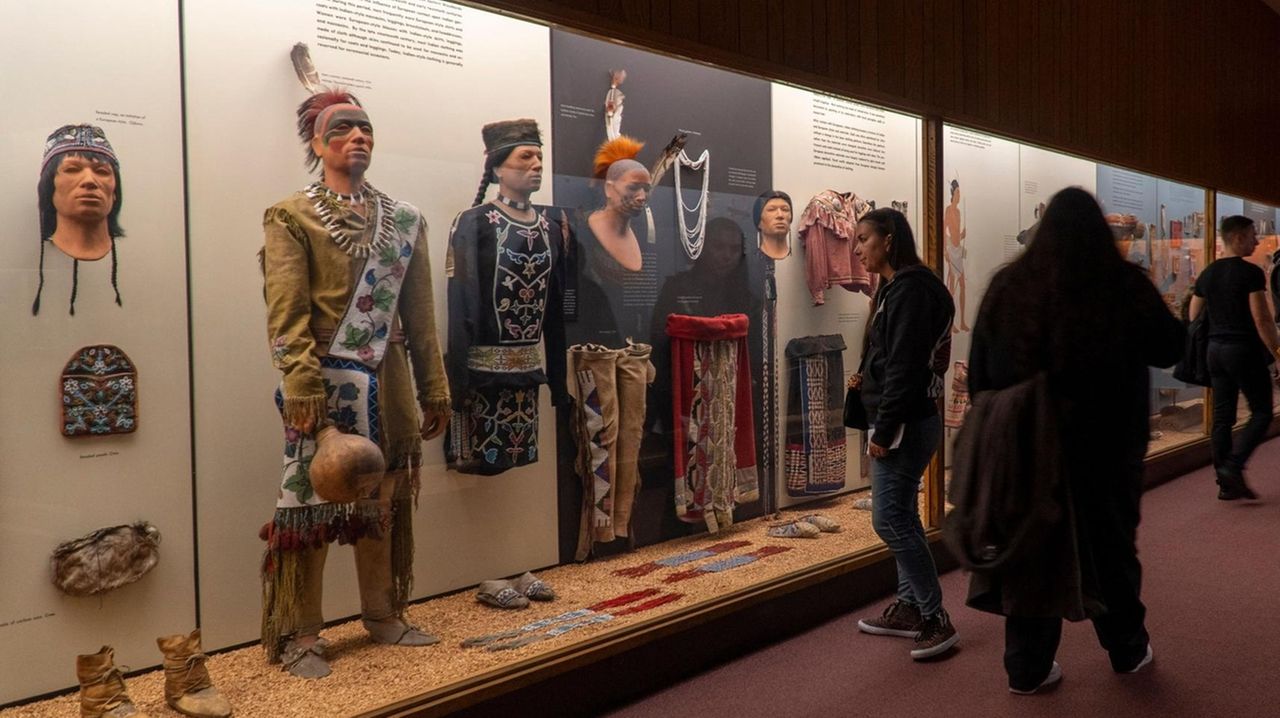
Optimizing Your Experience: How Long Does It Take to Visit a Native American Museum?
The question "How long does it take to visit a Native American museum?" does not yield a single, definitive answer. Much like estimating the time required to explore a natural landscape, the duration of a museum visit is highly variable, contingent upon a confluence of factors including the institution’s size and scope, the depth and design of its exhibitions, the visitor’s personal interests and engagement level, and the availability of ancillary programs. This article will delve into these determinants, offering a comprehensive framework for understanding and planning your visit to a Native American museum, an experience that transcends mere timekeeping to offer profound cultural and historical immersion.
I. The Variable Nature of "Visit Duration"
At its core, the time commitment for a Native American museum visit can range from a brief hour or two for a small, focused tribal cultural center to an entire day, or even multiple days, for a sprawling national institution. This variability stems from the diverse mandates and collections of these museums, which exist along a spectrum from local repositories of tribal heritage to expansive interdisciplinary institutions exploring the vast panorama of Indigenous North American cultures.
II. Key Determinants of Visit Length
To accurately estimate visit duration, it is essential to consider the following primary factors:
A. Museum Scale and Scope
The most significant determinant of visit length is the physical size and thematic breadth of the museum.
-
National and Major Regional Institutions: Museums such as the National Museum of the American Indian (NMAI) in Washington, D.C., or the Heard Museum in Phoenix, Arizona, are vast complexes. They often feature multiple floors, extensive permanent collections spanning diverse tribal nations and historical periods, and several temporary exhibition galleries.
- Expected Duration: A comprehensive visit to such institutions typically requires a minimum of 4-6 hours, often extending to a full day (6-8 hours) if one wishes to engage deeply with all exhibits, watch all multimedia presentations, and attend any scheduled programs. Many visitors opt for multiple visits to fully absorb the wealth of information and artifacts.

-
Mid-Sized City or University Museums: Many cities and universities host museums with significant Native American collections, such as the Field Museum in Chicago or the Penn Museum in Philadelphia. These often dedicate substantial wings or galleries to Indigenous cultures.
- Expected Duration: A focused visit might take 2-4 hours, while a more leisurely exploration, including other parts of the museum, could easily fill half a day.
-
Local and Tribal Cultural Centers: Smaller museums, often operated by specific tribal nations on their ancestral lands or by local historical societies, typically focus on the history, culture, and contemporary life of a particular tribe or regional Indigenous groups. These institutions, while smaller in scale, are invaluable for their deep, localized insights.
- Expected Duration: A thorough visit usually ranges from 1-3 hours, allowing ample time for reading all interpretive materials and engaging with staff or cultural bearers if available.
B. Exhibition Content and Design
The way information is presented and the nature of the artifacts themselves profoundly influence how quickly a visitor moves through the space.
- Depth of Information: Some exhibitions are designed for quick visual appreciation, while others offer extensive textual panels, contextual narratives, and detailed historical accounts. Reading every label, caption, and interpretive text in a dense exhibition can significantly extend the visit.
- Interactive and Multimedia Elements: Many modern museums incorporate interactive displays, touchscreens, audio guides, documentary films, and virtual reality experiences. Engaging with these elements, particularly films that can range from 5 to 30 minutes, adds considerable time but also deepens understanding.
- Object Density: Galleries packed with numerous artifacts, each with its own story, naturally demand more time for observation and reflection than sparsely curated spaces.
- Temporary Exhibitions: Most museums host rotating temporary exhibitions, which can be highly focused or expansive. Factoring these into your visit plan is crucial, as they often present new perspectives or highlight specific artists and themes.
C. Visitor Engagement and Personal Interest
The visitor’s individual approach to the museum experience is a critical variable.
- Passive vs. Active Engagement:
- Passive Browsing: A visitor who casually walks through galleries, glancing at displays without reading much or engaging with interactive elements, will complete the circuit much faster. This might take 30-60% less time than an active visit.
- Active Engagement: A visitor who reads most labels, watches videos, listens to audio guides, takes notes, or engages in contemplation will require substantially more time. This is the recommended approach for a truly enriching experience.
- Specialized Interest: Individuals with a particular interest in specific tribal histories, art forms, spiritual practices, or historical periods may spend disproportionately longer in relevant sections, meticulously examining artifacts and texts.
- Educational Goals: Students, researchers, or educators visiting for specific learning objectives will often allocate more time for detailed study and documentation.
D. Ancillary Activities and Amenities
Beyond the main exhibitions, several other elements can contribute to the overall duration of a museum visit.
- Guided Tours and Programs: Many museums offer docent-led tours, lectures, workshops, performances, or cultural demonstrations. These can add anywhere from 30 minutes to 2 hours to your visit, but they offer invaluable insights and direct engagement with cultural knowledge.
- Gift Shops and Bookstores: Museum shops, often featuring authentic Native American arts, crafts, and literature, are popular destinations. Browsing can add 15-45 minutes to a visit.
- Cafes and Restaurants: Taking a break for refreshments or a meal within the museum can extend the visit by 30 minutes to an hour, especially in larger institutions designed for full-day exploration.
- Restrooms and Accessibility: Frequent breaks for comfort or navigating accessibility features (elevators, ramps) for visitors with mobility challenges can subtly extend the total time.
E. Accessibility Considerations
Museums are increasingly designed with physical and cognitive accessibility in mind. However, for visitors who require slower pacing, utilize mobility aids, or need extra time to process information due to cognitive differences, the overall visit duration may be longer. Good planning, including checking the museum’s accessibility resources beforehand, is advisable.
III. Practical Guidance for Planning Your Visit
Given the multifaceted nature of visit duration, here are practical tips for planning your Native American museum experience:
- Pre-Visit Research: Always consult the museum’s official website. Look for information on:
- Operating hours, admission fees, and special events.
- Floor plans and exhibition descriptions (permanent and temporary).
- Estimated visit times, if provided by the museum.
- Available tours or programs.
- Accessibility information.
- Prioritization: If time is limited, identify the "must-see" exhibitions or artifacts based on your interests. Use the museum map to plan an efficient route.
- Pacing Yourself: Avoid rushing. It’s better to deeply engage with a few galleries than to superficially skim many. Take breaks, sit on benches, and allow time for reflection.
- Multi-Visit Strategy: For very large institutions like the NMAI, consider allocating two half-days or even planning separate visits to fully appreciate different sections. Many larger museums offer multi-day passes or memberships.
- Listen to Your Body: Museum fatigue is real. Pay attention to signs of exhaustion and take a break or conclude your visit before you become overwhelmed.
IV. Beyond the Clock: The Deeper Value of the Visit
While logistical considerations for visit duration are important, it is crucial to remember that a Native American museum offers far more than a timed activity. These institutions serve as vital educational platforms, cultural repositories, and spaces for critical dialogue. They:
- Preserve and Present Cultural Heritage: Showcasing the rich diversity, resilience, and ingenuity of Indigenous peoples.
- Challenge Stereotypes: Offering authentic narratives and moving beyond colonial perspectives.
- Promote Understanding: Fostering empathy and appreciation for ongoing Indigenous contributions to society.
- Support Self-Representation: Many museums are tribally owned and operated, empowering Native voices to tell their own stories.
Therefore, the "time it takes" to visit is not merely about clocking hours but about the quality of engagement and the depth of the learning experience. Allowing ample time is an investment in understanding, respect, and a more informed perspective on the history and contemporary realities of Native America.
Conclusion
In summary, there is no universal answer to how long it takes to visit a Native American museum. A small tribal center might be thoroughly explored in 1-2 hours, while a major national museum could easily occupy a full day, or even multiple visits, for a truly immersive experience. The duration is a function of the museum’s size, the density of its exhibitions, and, most importantly, the visitor’s level of interest and engagement. By researching in advance, prioritizing your interests, and allowing ample time for contemplation and interaction, you can ensure a deeply enriching and respectful encounter with the vibrant and enduring cultures of Native America.



